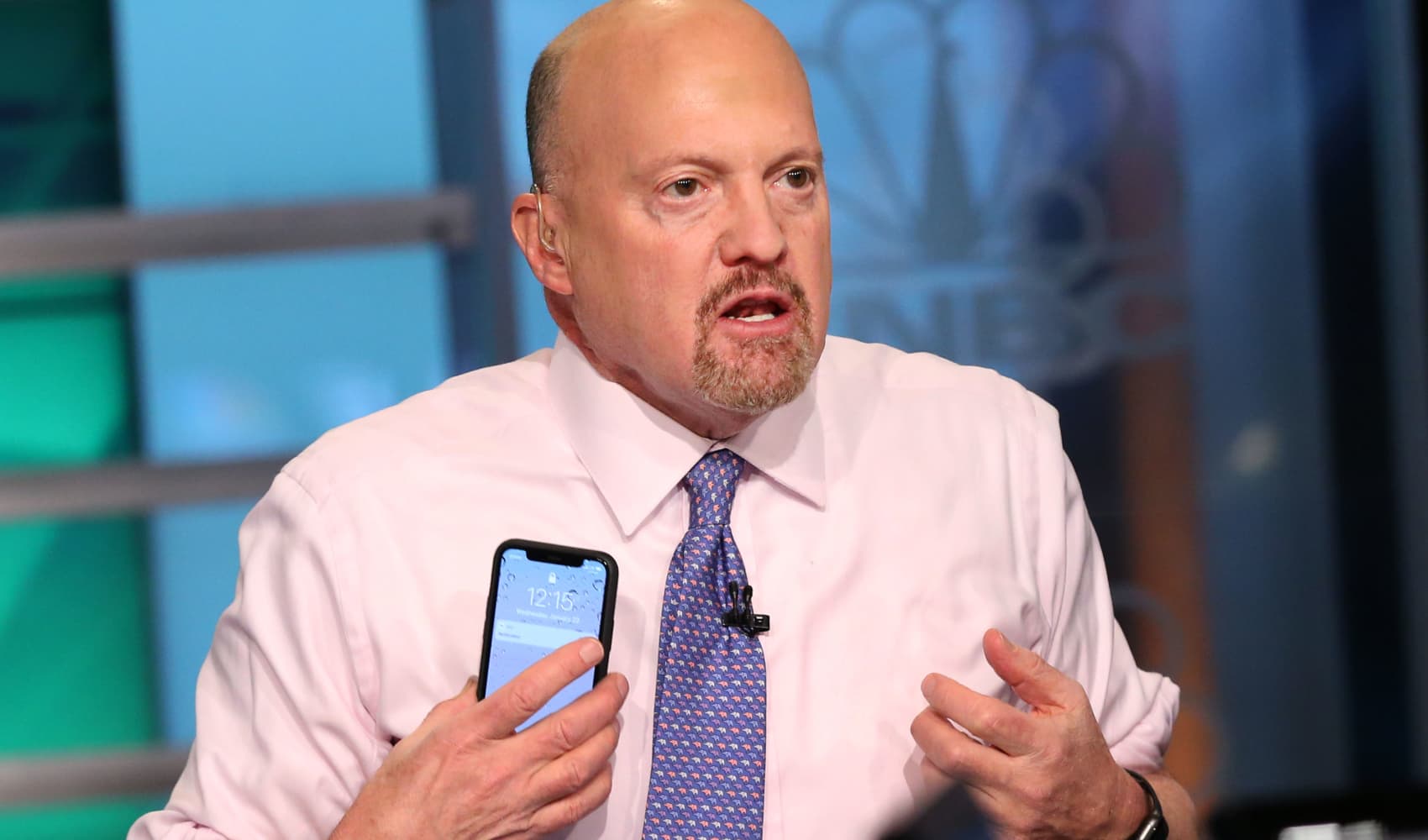
- Exchange-traded funds tend to have lower fees relative to mutual funds, according to investment experts.
- Fees are one of the few factors that people can control with investing.
- ETFs don't always win on fees, experts said. There are also cheap mutual funds available, largely index funds.
The trend is clear: Investors continue to seek out lower fees for investment funds.
The mass migration to cheaper funds has been a key driver of falling costs, according to Zachary Evens, a manager research analyst for Morningstar.
Average annual fund fees have more than halved in the past two decades, to 0.36% in 2023 from 0.87% in 2004, Evens wrote.
Get top local stories in Connecticut delivered to you every morning. >Sign up for NBC Connecticut's News Headlines newsletter.
And when it comes to fees, exchange-traded funds often beat their mutual-fund counterparts, experts said.
The average ETF carries a 0.51% annual management fee, about half the 1.01% fee of the average mutual fund, according to Morningstar data.
Money Report
Some experts say comparing average ETF fees to those of mutual funds isn't quite fair, because most ETFs have historically been index funds, not actively managed funds. Index funds are generally cheaper than active ones, which employ stock-picking tactics to try and beat the market; that means average ETF fees are naturally lower, experts said.
However, there's a similar fee dynamic when comparing on a more apples-to-apples basis.
To that point, index ETFs have a 0.44% average annual fee, half the 0.88% fee for index mutual funds, according to Morningstar. Similarly, active ETFs carry a 0.63% average fee, versus 1.02% for actively managed mutual funds, Morningstar data show.
Investors pay this fee — a percentage of their fund holdings — each year. Asset managers pull it directly from client accounts.
"There are so many things you can't control in investing," said Michael McClary, chief investment officer at Valmark Financial Group. "The one thing you can control is fees."
"I think it's one of the key things people should care about," he said.
'Cheap mutual funds also exist'
ETFs and mutual funds are similar. They're both baskets of stocks and bonds overseen by professional money managers, and offer ways to diversify your investments and access a wide range of markets.
ETFs are newer. The first U.S. ETF — the SPDR S&P 500 ETF Trust (SPY), an index fund tracking the S&P 500 stock index — debuted in 1993.
Mutual funds hold more than $20 trillion, about double the assets in ETFs. But ETFs have steadily increased their market share as investor preferences have changed.
While ETFs tend to be cheaper, on average, that's not to say mutual funds are always more expensive.
"Cheap mutual funds also exist," said Bryan Armour, director of passive strategies research for North America and editor of the ETFInvestor newsletter at Morningstar.
For example, some index mutual funds, like those that track "major" indexes such as the S&P 500, have competitive fees relative to similar ETFs, Armour said.
"It's really just the core indexes where mutual funds compete more directly with ETFs on fees," Armour said. "Other than that, I'd say ETFs are, generally speaking, cheaper."
And, fees for newly issued mutual funds are declining while those of new ETFs are increasing, data shows.
The "fee gap" between newly launched mutual funds and ETFs shrank by 71% in the last decade, from 0.67% to 0.19%, according to Evens of Morningstar.
That's largely due to "the emergence of active and alternative ETF strategies, which tend to be pricier than broad index strategies," he said.






